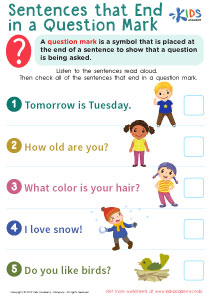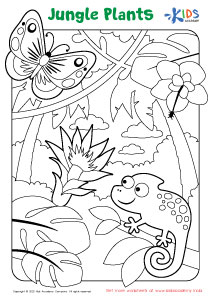Tracing worksheets activities for Kindergarten
132 filtered results
-
From - To


Matching 2D and 3D Shapes Worksheet


Trace and Draw More Shapes Worksheet


Write 0 Worksheet


Count and Write 10 Worksheet


Write 9 Worksheet
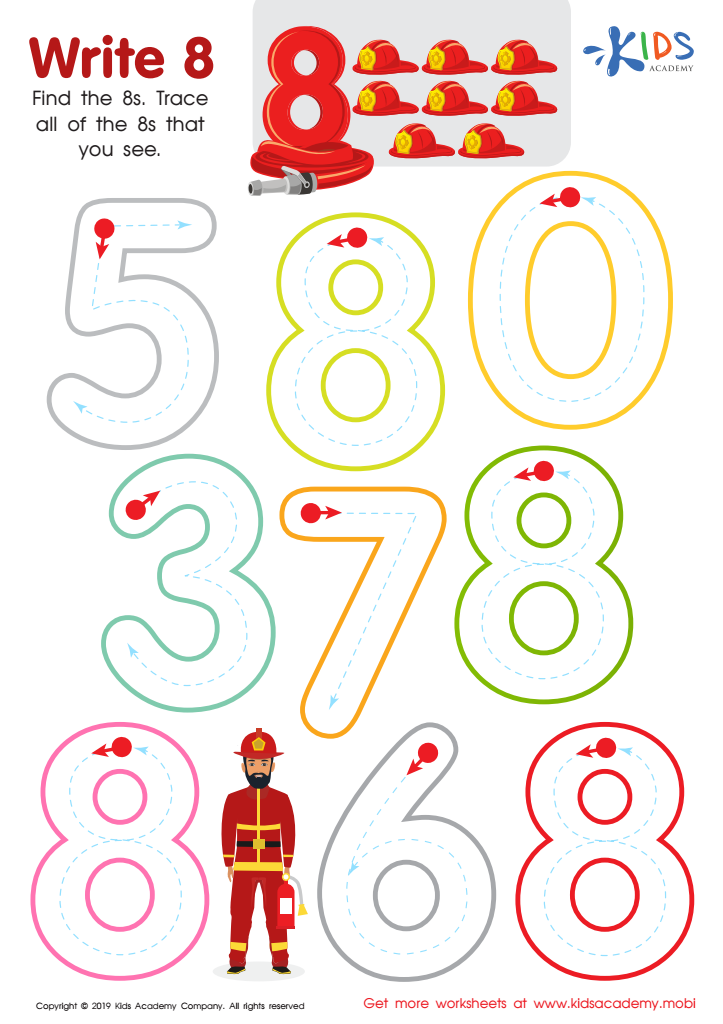

Write 8 Worksheet
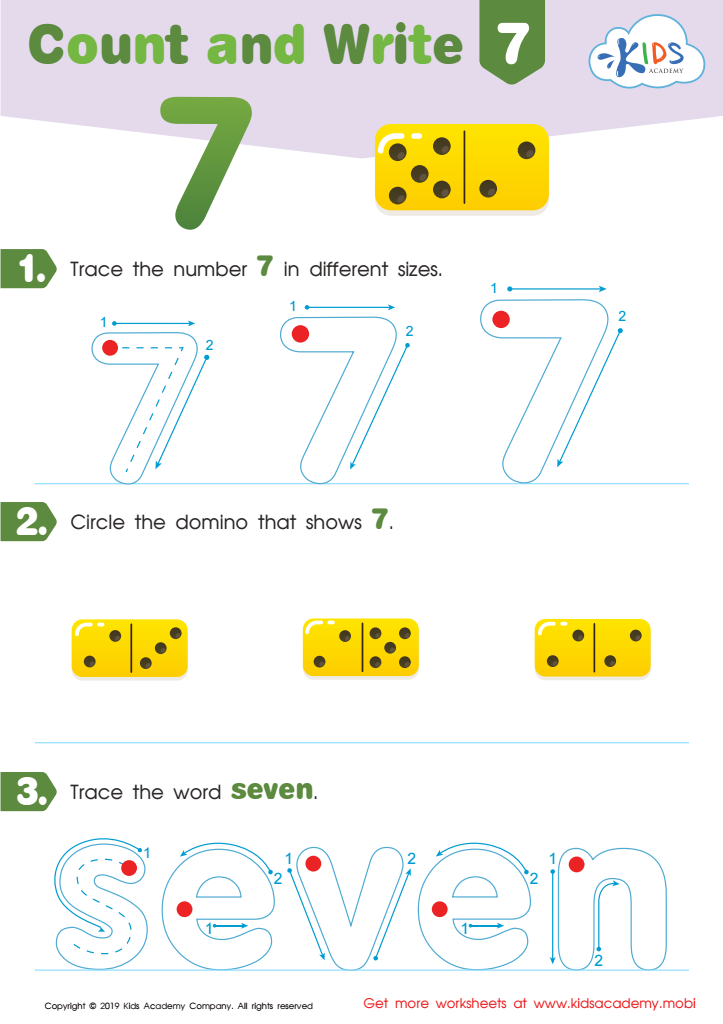

Count and Write 7 Worksheet
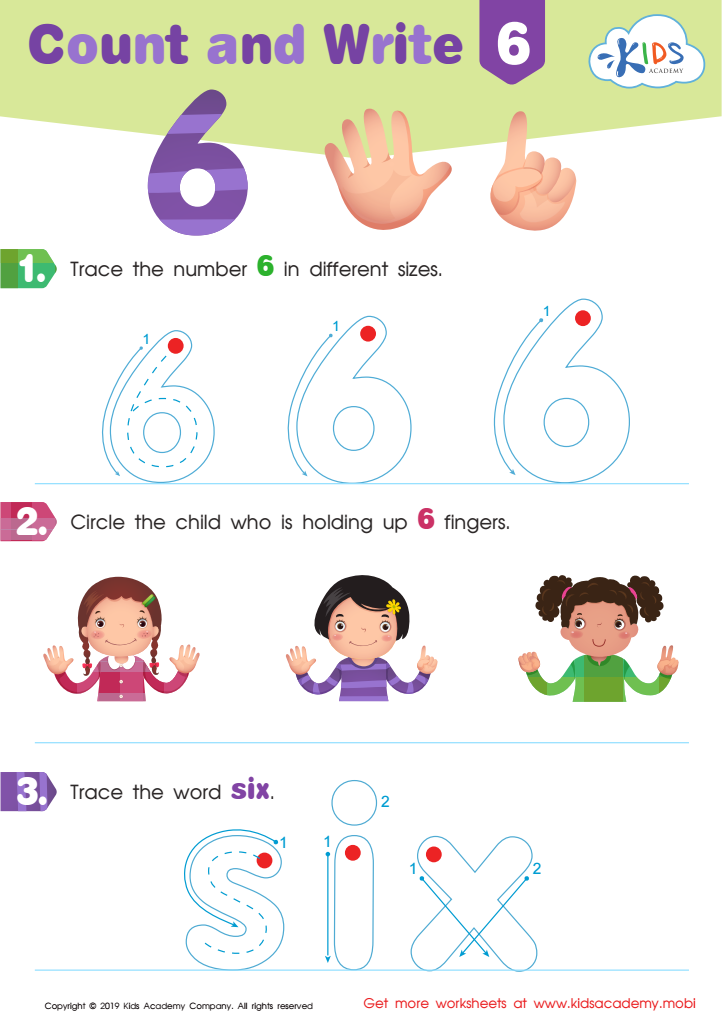

Count and Write 6 Worksheet
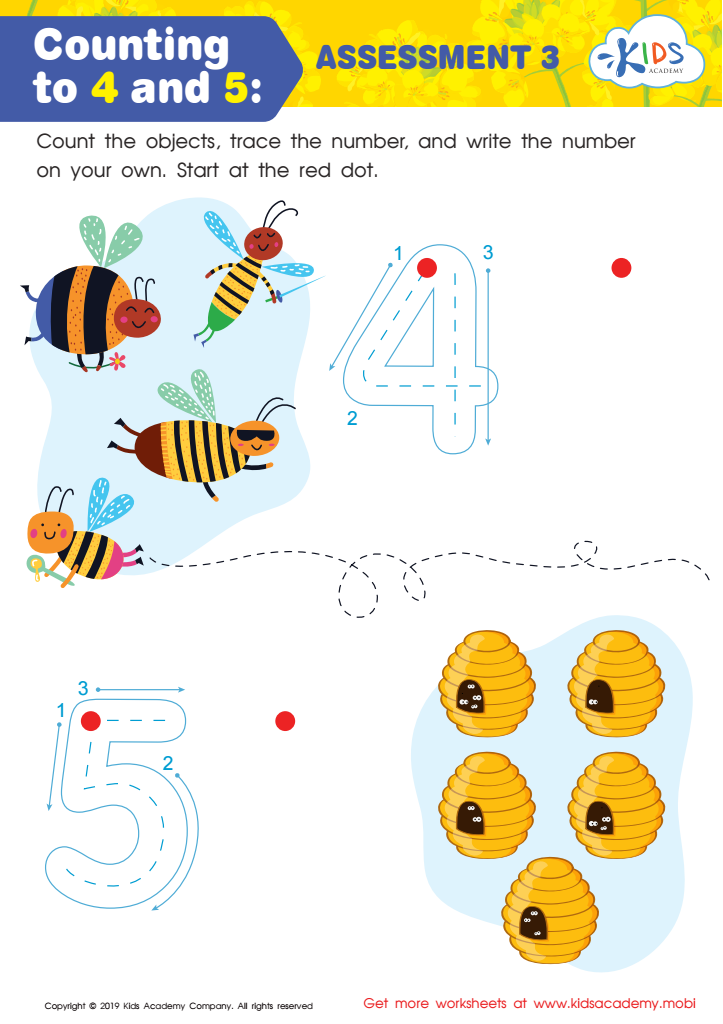

Counting to 4 and 5: Assessment 3 Worksheet


Counting to 4 and 5: Assessment 1 Worksheet


Finding 5 in the Family Worksheet


Finding 4 in the Forest Worksheet


Letter Y Tracing Worksheet


Letters X and Q Tracing Worksheet


Letters W and Z Tracing Worksheet


Letter U Tracing Worksheet


Letter O Tracing Worksheet
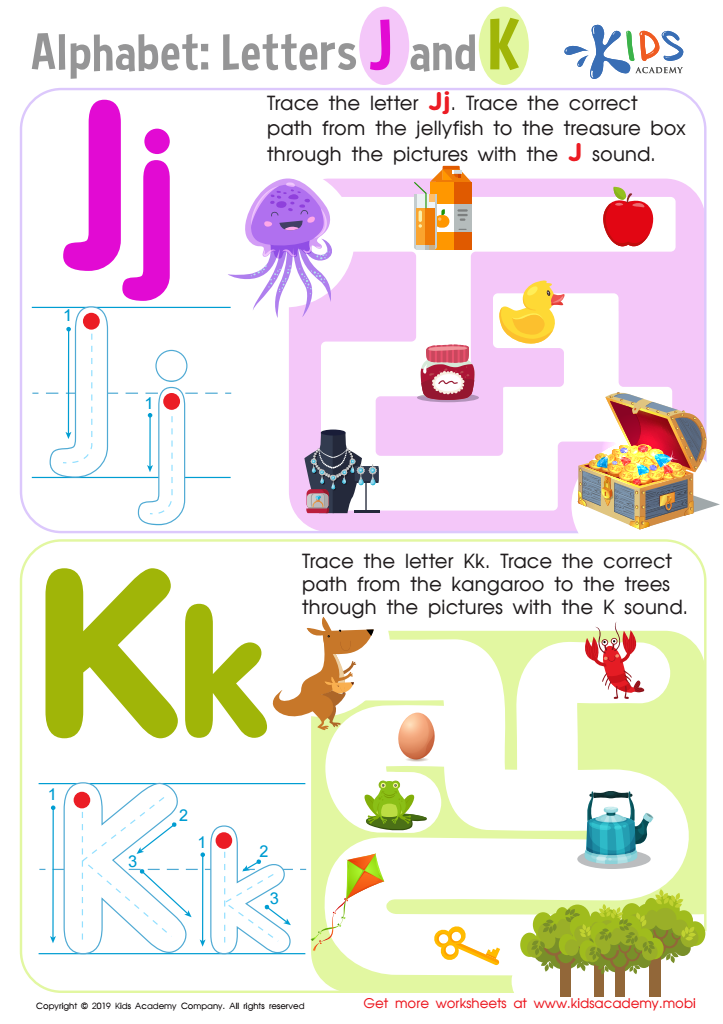

Letters J and K Tracing Worksheet


Letters H and V Tracing Worksheet


Letter I Tracing Worksheet


Letter D and G Tracing Worksheet


Letters B and F Tracing Worksheet
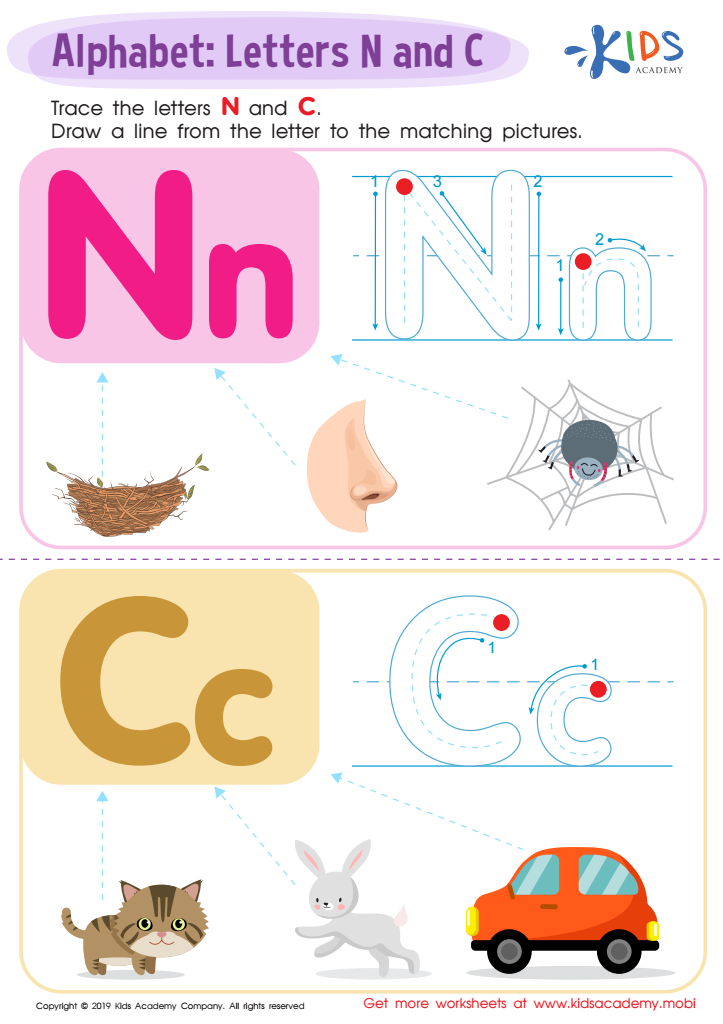

Letter N and C Tracing Worksheet


Letter L and P Tracing Worksheet
Tracing worksheets activities for Kindergarten are not just simple paper tasks; they are a foundation stone for early learners' development. These activities are meticulously designed to cater to young minds, paving the way for a smoother transition into more complex writing tasks. Tracing worksheets play a pivotal role in a child's early educational journey for several compelling reasons.
Firstly, tracing worksheets activities for Kindergarten help in honing fine motor skills. The act of tracing lines, shapes, and letters requires control and precision, which in turn strengthens the muscles in a child's hand and fingers. This enhanced coordination is crucial for future writing tasks, making these worksheets an essential tool in early childhood education.
Secondly, these activities serve as an introductory path to the alphabet and numbers. Before children can form letters and digits on their own, they need to understand their shapes. Tracing worksheets provide a guided practice that helps kindergarteners familiarize themselves with these forms, laying a solid foundation for reading and arithmetic skills.
Moreover, tracing worksheets activities for Kindergarten boost confidence. The sense of accomplishment children feel when they successfully trace over lines and shapes cannot be underestimated. This confidence encourages them to tackle more challenging tasks, fostering a positive attitude towards learning.
Additionally, these worksheets enhance hand-eye coordination. The act of tracing requires children to carefully watch their hand movements, aligning them with the lines or shapes on the paper. This practice is vital for developing visual tracking skills and spatial awareness, both of which are essential in academic learning and daily activities.
In conclusion, tracing worksheets activities for Kindergarten are a critical component of early education. They not only prepare children for future academic success by developing fine motor skills, introducing them to the basics of literacy and numeracy, and boosting their confidence but also support the development of essential hand-eye coordination. As such, these activities are invaluable tools in shaping young learners' educational journeys.

 Assign to the classroom
Assign to the classroom




.jpg)


